The maritime landscape of US ports is experiencing a dramatic shift, one that oscillates between a slowdown in cargo and an impending surge. This dynamic situation is primarily driven by the recent changes in tariffs between the United States and China. As of Wednesday, cargo leaving China bound for the United States will carry a 30% tariff rate, a significant reduction from the previously imposed 145% tariff that lasted for six weeks. This sudden de-escalation in tariffs, announced by both countries, has set the stage for a 90-day period of lower rates. Experts predict that this temporary reprieve will prompt retailers to frontload more cargo, working against the clock to bring in inventory before the tariffs change again.
Jonathan Gold, vice president of supply chain and customs policy at the National Retail Federation, highlights the urgency of this situation. He notes that retailers are right in the middle of the holiday merchandise season, a critical time for inventory management. Some retailers may decide to bring more product in early to get ahead of the potential expiration of the lower tariff rates. This strategy mirrors what happened before the first wave of tariffs took effect on April 9, when retailers stockpiled imports in March to avoid higher costs.
China, as one of America’s most important trading partners, supplies a significant portion of US consumer goods, including clothes, footwear, toys, electronics, and microchips. For many businesses, the higher tariffs made trading with China prohibitively expensive. The Port of Seattle’s commission vice president, Ryan Calkins, anticipates a surge in cargo by mid-summer and plans to staff up significantly to manage the increased volume. This expectation is shared by Flexport, a logistics and freight forwarding broker, which anticipates a “boom” in bookings, although the exact scale of the surge is still uncertain.
Charles van der Steene, North American president of shipping giant Maersk, reports that shipment volumes from China to the United States had fallen by as much as 40% due to significant uncertainty around tariffs. Many shippers simply pressed the pause button on trade, causing a dramatic slowdown in cargo. "Because of the uncertainty, unsure what would be happening, they literally stopped their supply chain," van der Steene explained. Now, with the 90-day reprieve and clarity on the lower tariffs, the expectation is that the pent-up supply will flow back into the supply chain.
Peter Boockvar, an economist at The Boock Report, predicts a rush of ordering over the next 90 days, unlike anything seen before. He anticipates that the cost of transportation will also skyrocket in the coming weeks and months. Despite these predictions, West Coast ports are still projecting a significant drop in the number of ships and the volume of cargo this month. This is due to the time it takes for ships to travel from China to the West Coast, which is approximately 3 to 4 weeks.
Gene Seroka, the executive director of the Port of Los Angeles, told Erin Burnett that by the end of this month, the port would see a 20% reduction in the number of ship calls and a 25% reduction in the volume of cargo. The Port of Long Beach also experienced a 35-40% reduction in cargo last week, with a 12-hour period on Friday where no ships left China bound for the San Pedro Bay Complex. This anomaly, last seen during the pandemic, underscores the current disruption in trade.
The Northwest Seaport Alliance, representing the ports of Seattle and Tacoma, expects volume to drop anywhere from 8% to 15% compared to normal times. Vessels from China arriving this week are carrying 17% less cargo than usual. The alliance emphasized that while the tariff reductions are welcome, they do not undo the consequences of their initial implementation. The uncertainty, market disruption, cargo fluctuation, and lost business caused by the tariffs remain significant concerns. Consistency is crucial for a fluid supply chain and the jobs that depend on it.
The situation is not confined to the West Coast. It also takes 4 to 6 weeks for ships to reach East Coast ports from Asia, pushing back any cargo surge until next month. If retailers start placing orders now, mid to late June is when that cargo might start to arrive. This means a slowdown for the next few weeks followed by an uptick until July, according to Gold.
However, a 30% tariff on Chinese imports, while significantly lower than 145%, is still unworkable for many businesses, especially smaller ones. The US Chamber of Commerce has called for the Trump administration to exempt small businesses from tariffs, noting that overall tariffs are much higher than at the beginning of the year. Larger retailers are in a better position to mitigate the costs of tariffs, but smaller retailers face greater challenges.
The US ports are navigating a complex and dynamic situation driven by the fluctuating tariffs between the United States and China. The recent reduction in tariffs has set the stage for a potential surge in cargo, but the uncertainty and disruption caused by the initial high tariffs have already had significant impacts. As retailers and businesses adjust to these changes, the coming weeks and months will be critical in determining the long-term effects on the supply chain and the broader economy. The ability to adapt and maintain consistency will be key to navigating these turbulent waters.

By Laura Wilson/May 16, 2025
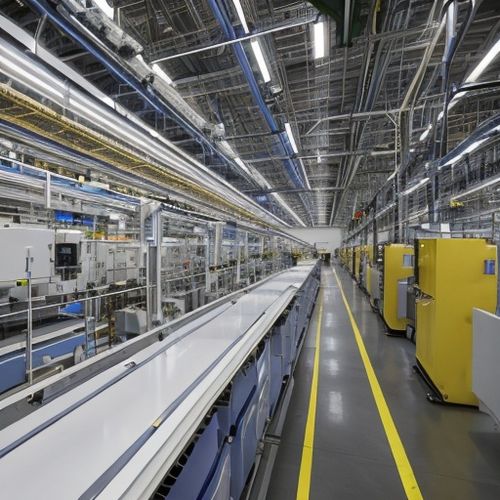
By Michael Brown/May 16, 2025

By Elizabeth Taylor/May 16, 2025

By Sophia Lewis/May 16, 2025
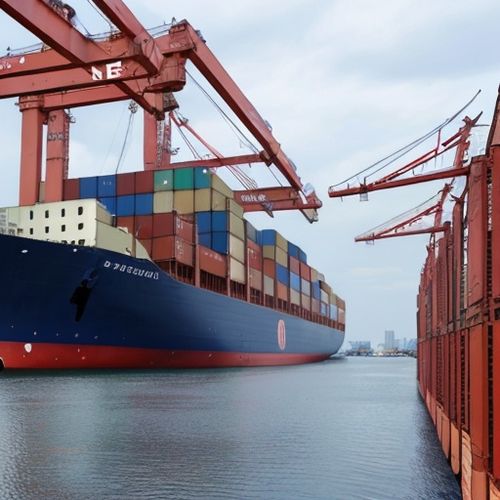
By Noah Bell/May 16, 2025
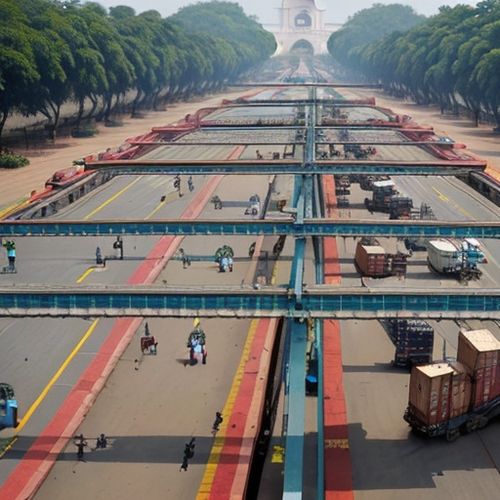
By Joshua Howard/May 16, 2025
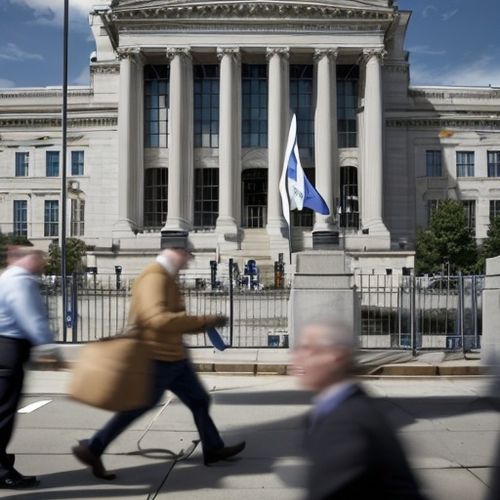
By John Smith/May 16, 2025

By Laura Wilson/May 16, 2025
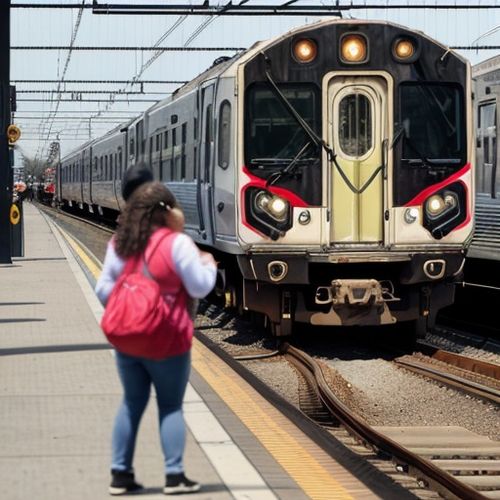
By Benjamin Evans/May 16, 2025
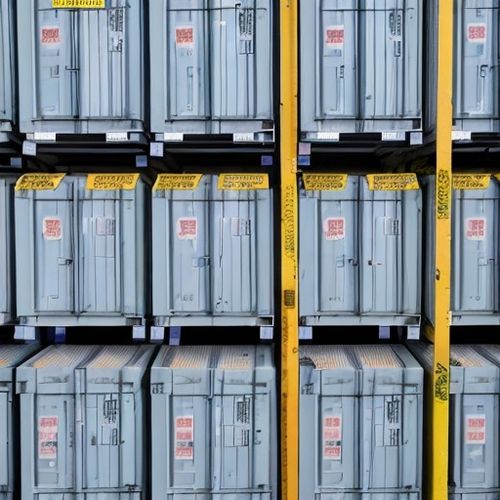
By Michael Brown/May 16, 2025
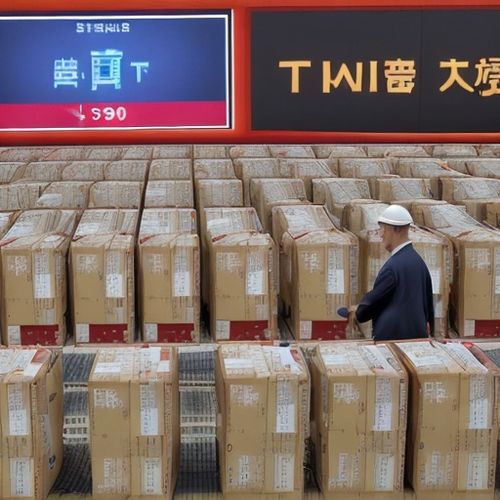
By Sarah Davis/May 16, 2025
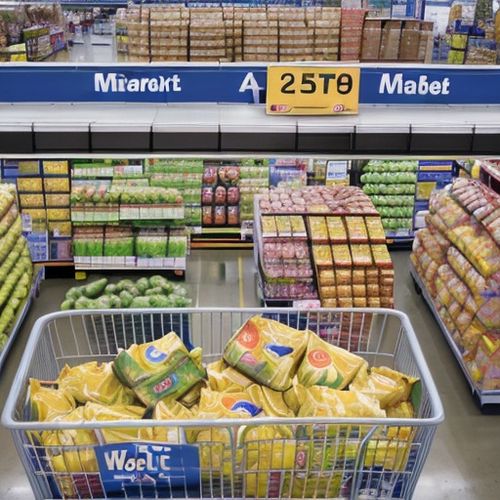
By William Miller/May 16, 2025
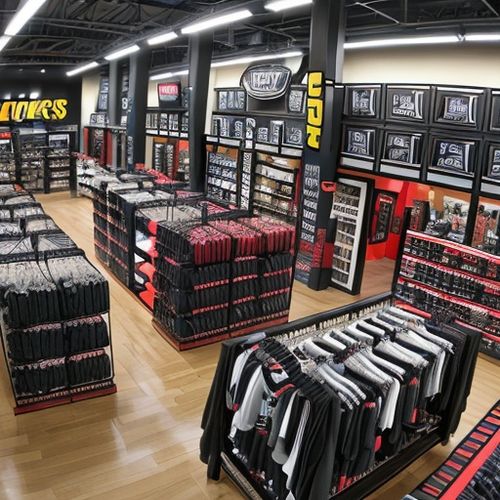
By Sarah Davis/May 16, 2025

By Benjamin Evans/May 16, 2025
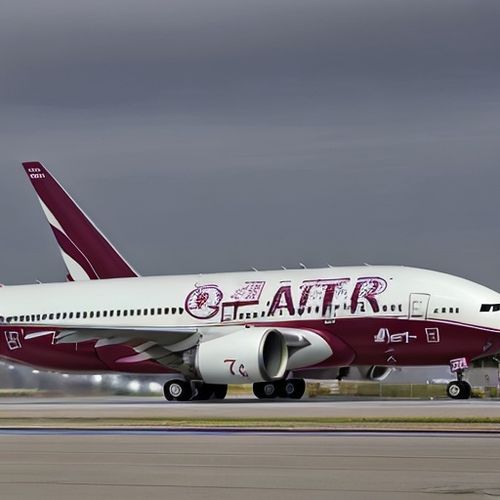
By Rebecca Stewart/May 16, 2025

By Natalie Campbell/May 16, 2025

By Lily Simpson/May 16, 2025
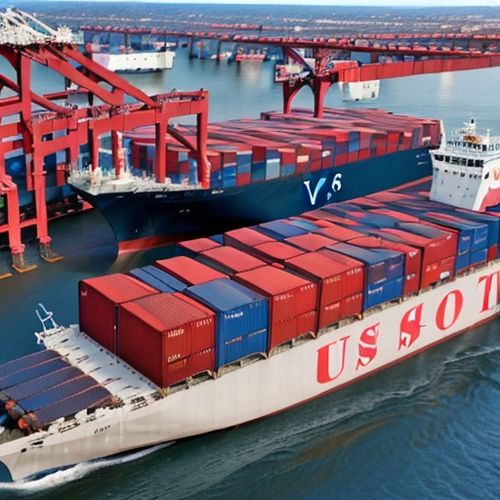
By Olivia Reed/May 16, 2025

By Olivia Reed/May 16, 2025

By Elizabeth Taylor/May 16, 2025